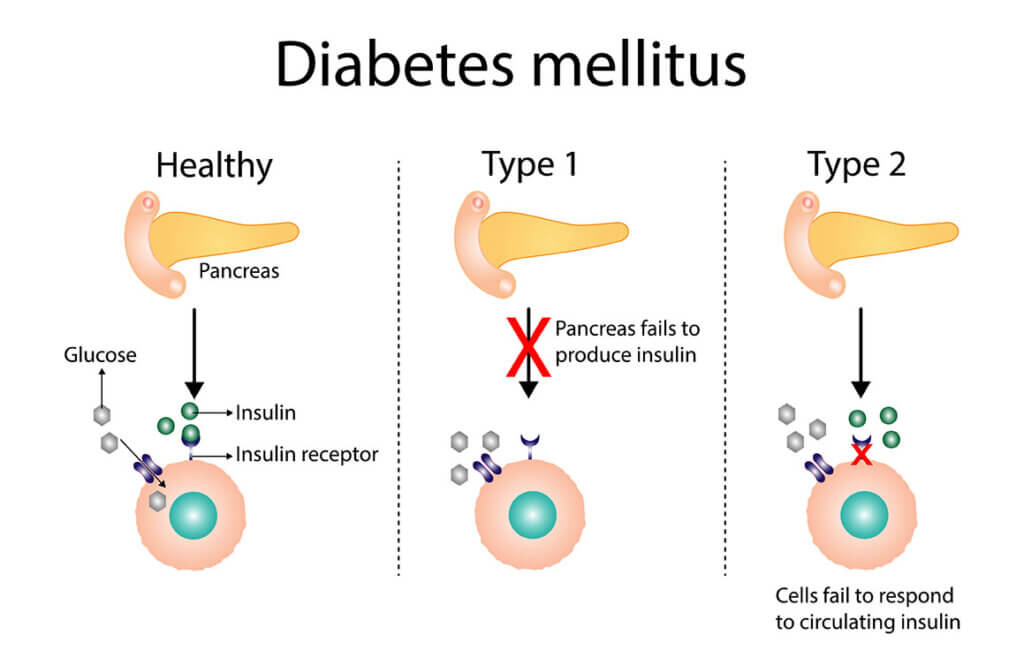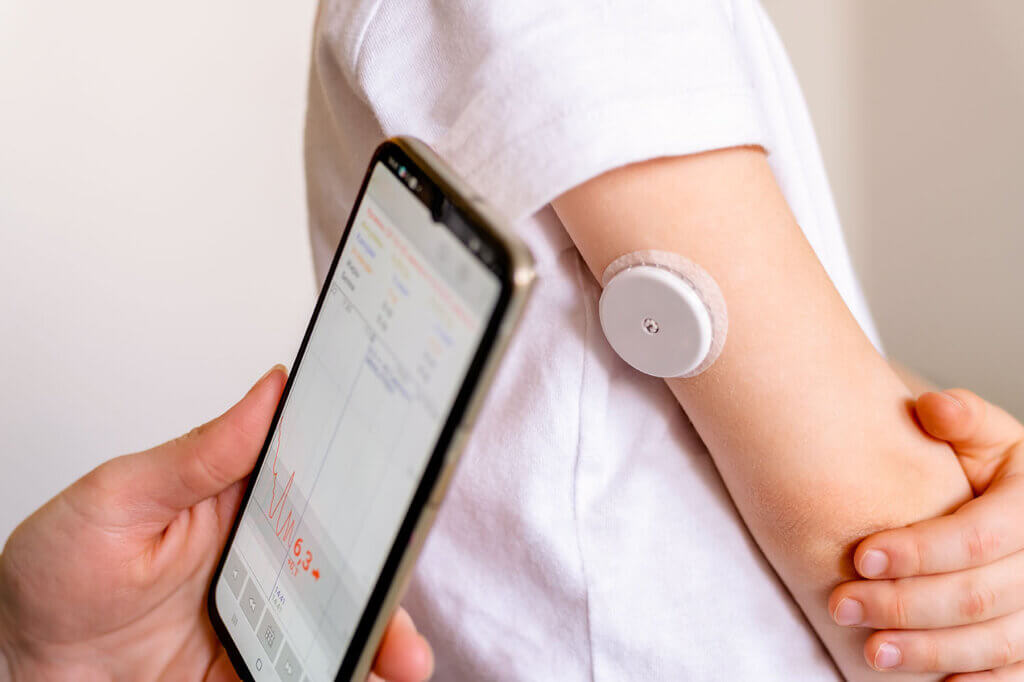Type 2 Diabetes Mellitus
What is it and how can you manage it

What is type 2 Diabetes?
Type 2 Diabetes Mellitus is commonly referred to as T2DM and is a chronic metabolic condition characterised by elevated blood glucose concentration. This occurs as a result of the body’s cells not responding effectively to insulin that is produced by the pancreas and over time the body loses the ability to produce enough insulin. As insulin is used to signal to the body to take up blood glucose and turn it into energy a build-up occurs and high blood glucose levels are seen.
Managing T2DM
Currently there is no cure for T2DM so it is managed through lifestyle modification and medication. A combination of regular exercise, healthy eating and medication are effective in managing the condition and further progression.
Exercise and T2DM
Exercise and physical activity are key tools for managing T2DM and preventing other co-morbidities. Regular exercise can improve glucose tolerance, improve insulin sensitivity and improve cardiovascular disease risk factors such as high blood pressure. Current recommendations for exercise for people with T2DM are at least 150–300 minutes of moderate intensity aerobic physical activity or at least 75–150 minutes of vigorous intensity aerobic activity per week. Resistance training should be completed on 2-3 days per week as well as flexibility and balance activities. While these are the current recommendations any movement is better than nothing. An accredited exercise physiologist can help with starting small and working up to meeting these guidelines. It is also important to monitor symptoms and blood glucose levels before, during and after exercise, especially when first starting.
T2DM Remission
Research has shown that T2DM remission is possible for some people with regular exercise, diet and weight loss. Remission from T2DM is defined as a HbA1c of less than 6.5% for at least three months without the need for glucose-lowering medications. This does not mean, however, that the T2DM has been cued or reversed, it simply means that blood glucose levels are below that of T2DM defining levels. These people should still continue to exercise regularly and maintain a healthy diet and weight. While remission is not achievable for all, the health benefits of weight loss, physical activity and improving diet are significant for reducing the risk of developing diabetes-related complications and possibly reducing or stopping glucose-lowering medications.
Renae Hay – Exercise Physiologist

